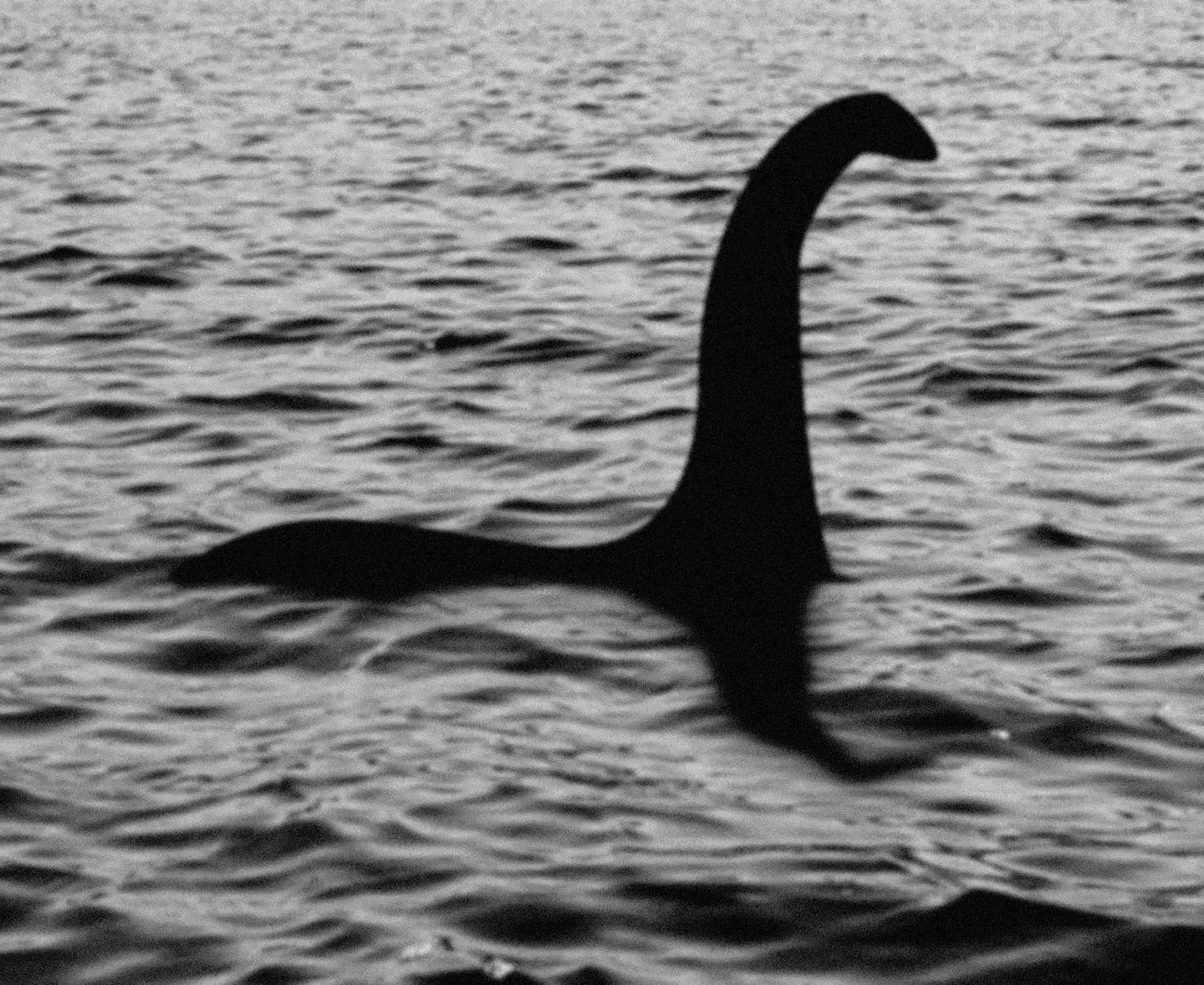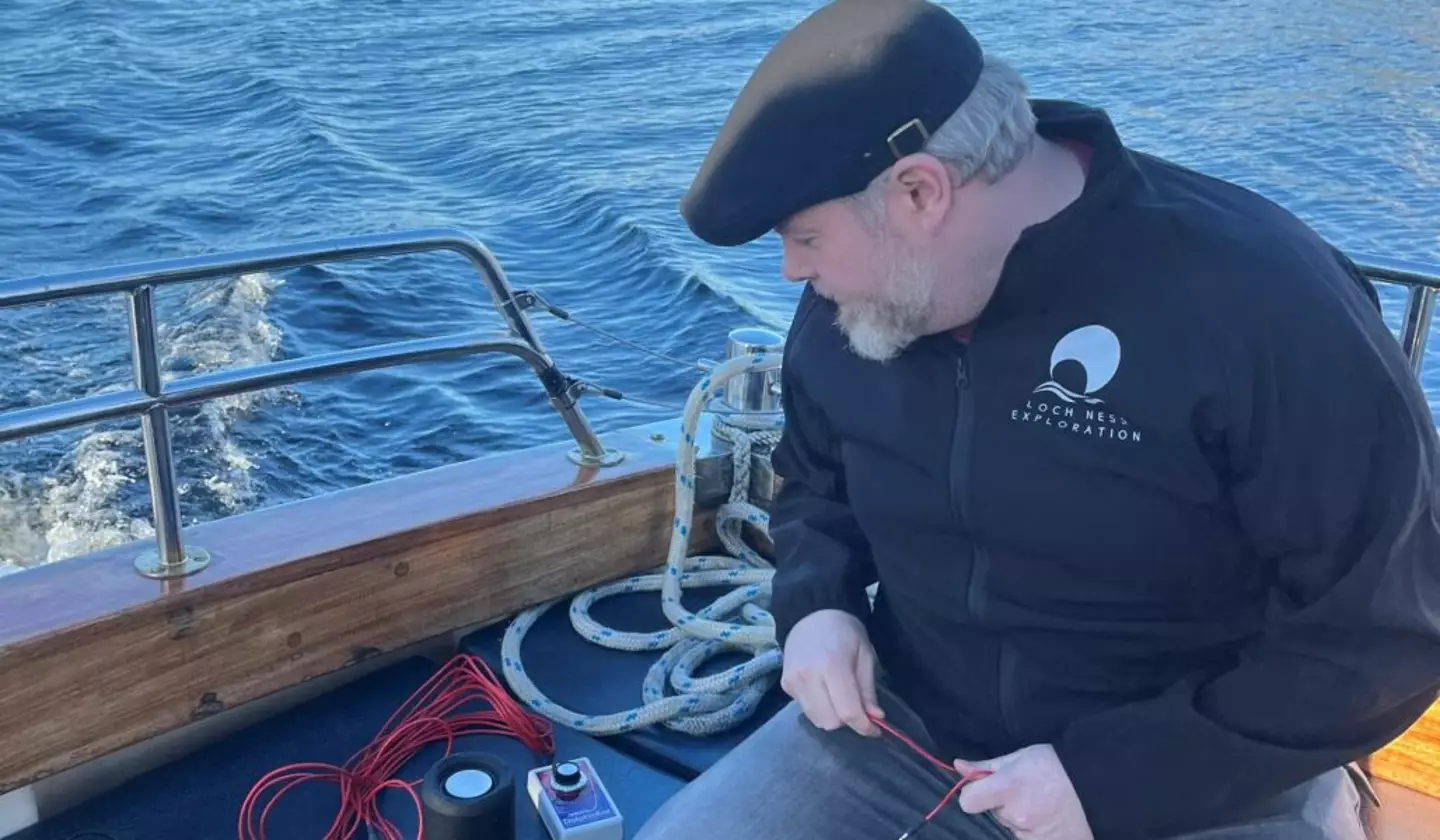
There’s nothing like a breakthrough in the mystery of the Loch Ness Monster to get you ready for the weekend, is there?
The earliest written record of the elusive creature in the Scottish Highlands is from the 7th century AD, but we still haven't got to the bottom of it in big old 2024.
Millions of people have flocked to the freshwater loch over the years in the hopes of catching a glimpse of the mythical creature - but according to this expert, visitors were probably looking at something else entirely.
Alan McKenna is quite the pundit when it comes to Loch Ness Monster trivia, as he's been obsessed with the idea of 'Nessie' since he was a small child.
Advert
In December 2021, he decided to put all his knowledge on the long-necked beast to good use and launched his firm Loch Ness Exploration (LNE).
The voluntary research group - based in Scotland, of course - was created to 'observe, record and study the natural behaviour of Loch Ness and rare phenomena that may be more challenging to explain'.
Like many of those who have gone before them, this team has an arsenal of gadgets to aid their investigation.

McKenna explained that he uses drones and hydrophone equipment, which records and detects sounds underwater, to cover all bases at the loch.
Advert
And during his extensive research, the LNE founder has come across something which he believes could explain supposed sightings of the Loch Ness Monster.
Debunking the Loch Ness Monster
He claims that Nessie enthusiasts might have been duped into thinking they had ran into the humpbacked creature due to 'standing waves' in the water.
"A standing wave occurs when two boat wakes of the exact same frequency and amplitude are moving in opposite directions on the loch surface," McKenna told the Daily Mail.
"When the two boat wakes finally meet and interfere with one another the results have the potential to create a standing wave."
Advert
The Nessie hunter explained that when these emerge in calm waters, it would be easy for an untrained eye to mistake them for 'humps' protruding above the surface.
He captured footage of the strange phenomenon taking place at a point on its southern shore where a river meets the legendary loch.
But getting video evidence of a boat wake causing a standing wave further out isn't as simple, according to McKenna.

"The waves and the boat wake need to be identical," he continued. "So with all that in mind, there's now a lot more to consider here such as the boat itself, its size, the direction of travel and its current speed.
Advert
"A small boat with a smaller engine will most definitely produce a wake different from a much larger boat.
"It's a complex procedure, especially in open water, but it can happen."
Gathering the evidence
Still, McKenna is optimistic that he will eventually gain the evidence of the standing waves he needs even while venturing further into the loch.
"We know that standing waves exist and they have been reported, but what we don't have is the footage showing a natural standing wave in motion," the expert said.
Advert
McKenna added that he had hoped to 'capture as much natural phenomena' as he could after launching LNE, to aid his 'process of elimination' and find out what the craic really is with Nessie.
However, he only takes heed of tip offs from expert locals who are familiar with Loch Ness as they see it 'everyday'.
McKenna went on: "If you are unfamiliar with Loch Ness and its natural behaviour then I do believe that many people will be fooled by the water and certain illusions – it's easily done!
"We've had many potential candidates over the years for 'Nessie' such as giant eels, long-necked seals, Greenland shark, large sturgeon, catfish and many others.
"But truth be told, none of us have the correct answer and that's what keeps this mystery going."
Topics: UK News, Weird, Loch Ness Monster, Conspiracy Theory